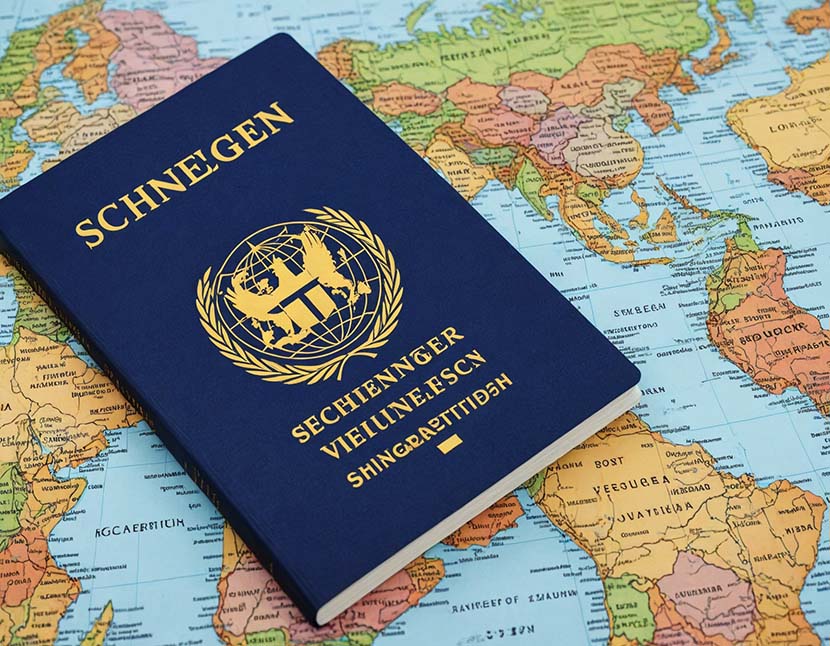Securing a work permit visa for Europe can be a complex process, but with the right preparation
and knowledge, you can greatly increase your chances of success. Here are some key steps to
help ensure your application is approved:
1. Understand the Specific Requirements for Your Destination Country
Each European country has its own visa requirements and processes. While the European Union
(EU) and the European Economic Area (EEA) share some common guidelines, individual nations
may have specific rules regarding work permits. It’s crucial to thoroughly research the specific
visa conditions for the country where you plan to work. For instance, Germany has a highly
structured system for issuing work visas under the EU Blue Card program, while other nations,
like France, may require additional documentation for certain sectors (Schengen Visa, 2024).
2. Secure a Job Offer from a Recognized Employer
In most European countries, you will need a formal job offer before applying for a work permit
visa. Ensure that the employer is recognized by the immigration authorities and that the position
meets the criteria for a work permit. Some countries, like the UK, prioritize skilled workers in
specific sectors (UK Government, 2023). For jobs in high-demand fields like IT, engineering, or
healthcare, your application will generally be more competitive.
3. Prepare All Required Documentation
The application for a work permit visa usually requires various documents, such as a valid
passport, a job contract, proof of qualifications, and evidence of sufficient financial resources.
Make sure that all documents are up-to-date, complete, and in the correct format. Some
countries also require an educational assessment or language proficiency test (Schengen Visa,
2024).
4. Check for Regional Sponsorship or Labor Market Tests
In certain EU countries, employers must prove that they could not find a suitable local candidate
before hiring a foreign worker. This “labor market test” often involves advertising the job for a
certain period. Additionally, some countries offer regional sponsorship programs that help meet
local labor market needs (European Commission, 2023). Understanding these nuances can
improve your chances of obtaining a work permit.
5. Ensure Compliance with Visa Quotas and Categories
Some countries, like Switzerland, have annual quotas for work permits. Stay informed about these
limits and plan your application accordingly. Furthermore, ensure you are applying under the
correct visa category based on your job and skills. In some cases, a high-skilled work visa (e.g.,
the EU Blue Card) may be more suitable than a general work permit.
6. Seek Professional Assistance if Needed
Visa applications can be complicated, especially for those unfamiliar with the procedures.
Consulting an immigration lawyer or a visa expert can help streamline the process and ensure all
requirements are met. They can also provide valuable advice on handling any challenges or delays
that might arise.
Conclusion
Applying for a work permit visa to Europe requires careful preparation and attention to detail. By
understanding the specific requirements for your destination country, securing a legitimate job
offer, and ensuring your documentation is complete, you can significantly improve your chances
of success. Additionally, staying informed about visa quotas and regional sponsorship programs
can give you an edge in the competitive European job market.
References:
- Schengen Visa Information. (2024). How to Apply for a Work Visa for Europe.
SchengenVisaInfo.com. - UK Government. (2023). Work Visas for Skilled Workers. GOV.UK.
- European Commission. (2023). EU Work and Residence Permits. European Commission
Website.

